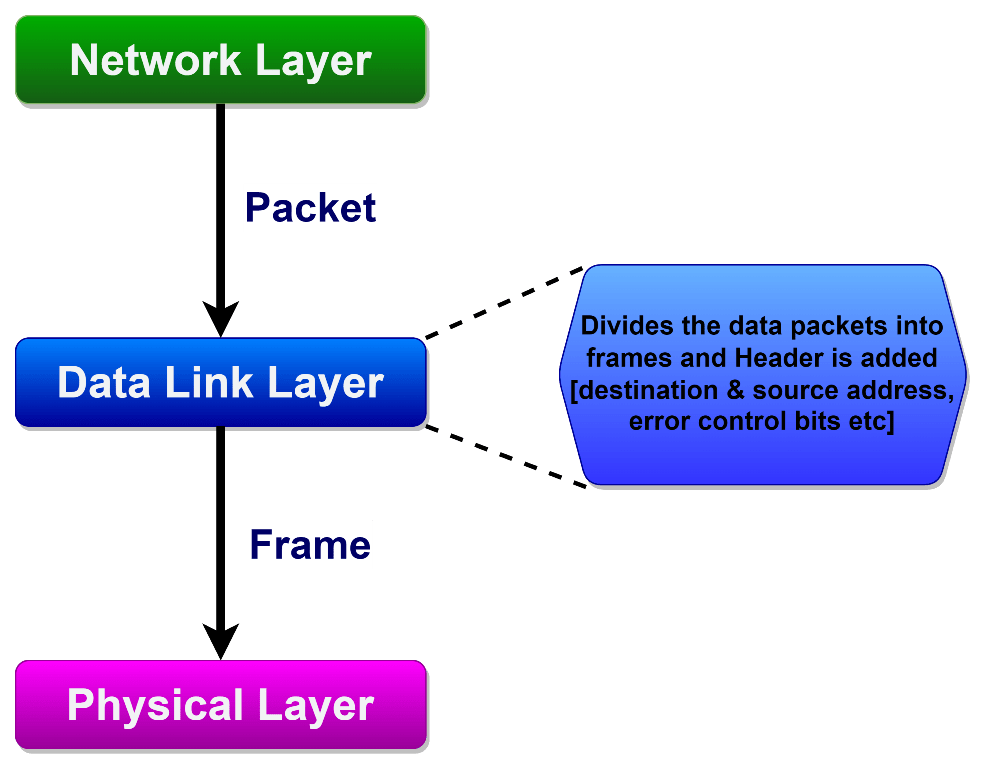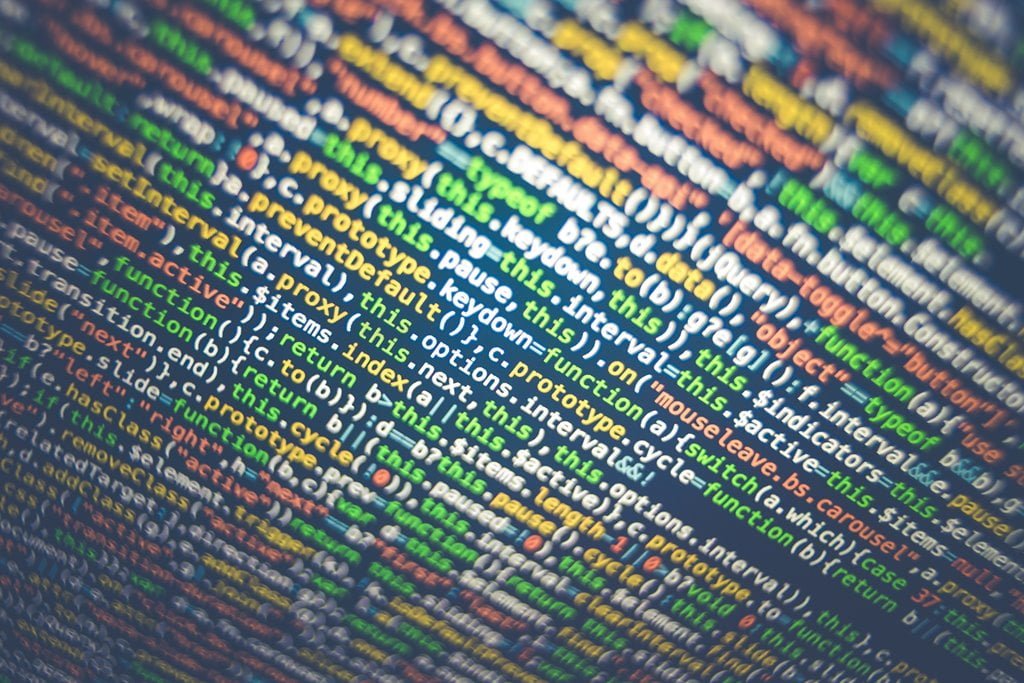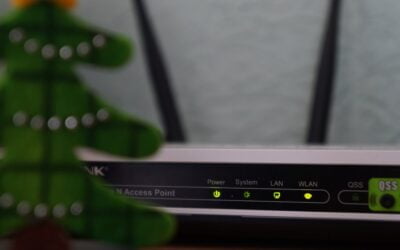This is the second layer from the bottom of the OSI model. It is considered the most complicated layer which has complex functions and responsibilities. The hardware of the data link layer is hidden and displayed to the upper layers of the OSI model as a medium for communication. It also encodes, decodes, and organizes outgoing and incoming data.
The packets received are divided into frames and sent from source to destination. The Data Link layer provides node-to-node data transmission, two directly connected nodes, and handles error correction from the physical layer. The data transmission gets more complex when dealing with multiple nodes on a single collision domain.
The data link layer transforms data streams to signals bitwise and transmits them across the underlying hardware. At the receiving end, the data is collected from hardware in the form of electric signals, assembles into a recognized frames format, and pass them to the top layer.
This layer is divided into two parts:
- Logical Link Control(LLC) – It deals with multiplexing which is the flow of data among applications and other services. It also does error checking and frame synchronizing.
- Media Access Control(MAC) – Connects devices and defines permissions to transmit and receive data using MAC addresses. The received packets are separated into frames and transmission for the physical layer is done by MAC.
Functions performed at Data Link Layer
Framing:
Packets received from the network layer are separated into small frames and sent to the physical layer bit by bit. At the header, and end of the frame, some special bits like error control and addressing are attached too.
Addressing:
MAC addresses(a unique hardware address assigned when manufacturing the device)/physical addresses of source and destination are encapsulated by the data link layer in the header of every frame to make sure node-to-node delivery.
Error Control:
DLL adds error detection bits into the frame’s header and the receiver check that received data are accurate by using error detection and correction techniques in the Data Link layer.
Flow Control:
Some frames may be lost when there is a delay in receiving packets from the sender since it overflows the receiver’s buffer. Therefore, DLL synchronizes the sender’s and receiver’s speeds and controls the flow between them.
Access Control:
DLL is responsible to check which device is controlled over the channel to avoid collisions when sharing the same communication channel. CSDMA/CD and CSMA/CA can be used to avoid collisions and loss of frames in the channel.

Protocols of Data Link Layer:
- Synchronous Data Link Protocol (SDLC)
- High-Level Data Link Protocol (HDLC)
- Serial Line Interface Protocol (SLIP)
- Point to Point Protocol (PPP)
- Link Access Procedure (LAP)
- Link Control Protocol (LCP)
- Network Control Protocol (NCP)







0 Comments